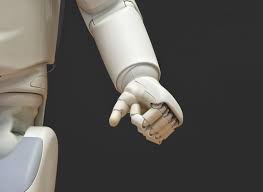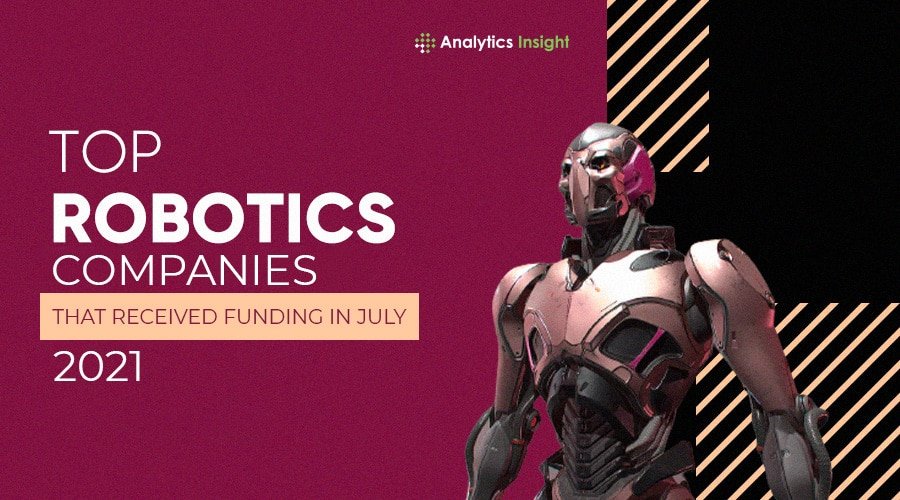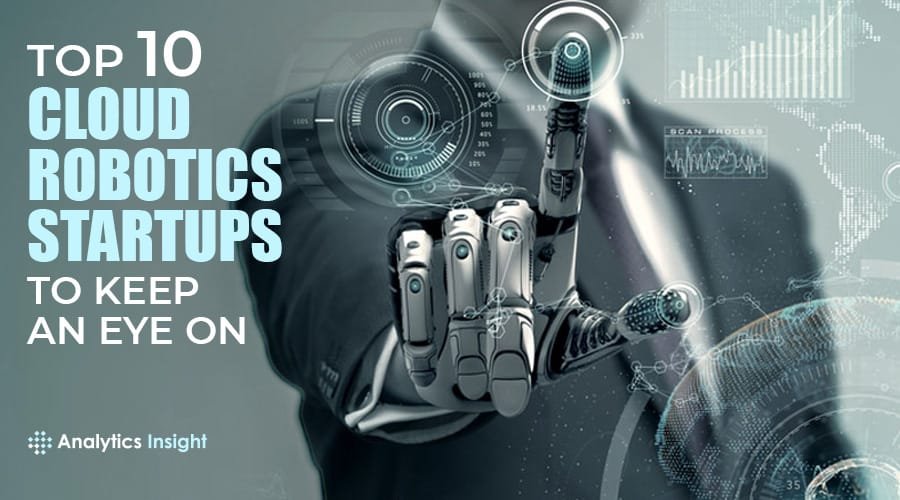Source: bbntimes.com
Businesses need to understand and overcome the challenges in robotics so that the robotic solutions can be implemented in a manner that can provide maximum output and ROI.
The field of robotics is transforming multiple sectors at a rapid pace. However, it is still not advancing at the pace experts imagined it to. This slow growth in the field of robotics can be attributed to the challenges the industry faces. But what exactly are the challenges in robotics that are hampering the growth and advancement of the sector? Let’s look at the seven leading challenges that are affecting the robotics industry.
The field of robotics is facing hurdles with numerous hardware and software capabilities. Here’s a list of seven major challenges that need to be understood so that solutions can be developed to facilitate the adoption of robots on a larger scale:
Manufacturing Procedures
Manufacturing procedures in robotics haven’t seen many changes since ages. When it comes to hardware, a large number of industrial and commercial robots are still made from gears, motors, and actuators. These parts help robots in movement as well as for other functions, but make the robot rigid and unstable. Although The robots developed using the age-old manufacturing processes are highly prone to breaking down due to a large number of rigid, moving parts. This challenge can be overcome by developing robots that are flexible, less susceptible to damage, and have fewer joints and connecting parts. The field of soft robotics is an emerging area that can help design robots that are highly flexible and thus help businesses in carrying out tasks currently not possible with rigid robots.
Facilitating Human-Robot Collaboration
Robots can be better utilized when they are designed to work in partnership with humans. In an industrial setting, robots have to interact with humans in some form or another. However, human interaction is a major challenge in the field of robotics. Cobots are currently being developed that can work cohesively with humans. However, to make the ‘perfect’ cobot is a challenge. An ideal cobot must be able to understand human emotions, language, and behavior. They must respond in accordance with human emotional states and verbal communication. Creating fully-functional cobots that can exactly understand their human coworkers would require further advancement in NLU, NLP, NLG, and behavior recognition technologies. Only then will true human-robot partnership become possible and bring increased efficiency and productivity to organizations.
Creating Better Power Sources
Most present-day robots are highly inefficient in terms of energy consumption. Not much advancement has occurred in the development of power sources for robots. These robots still rely on age-old power generation and storage techniques. The batteries used in robots are usually unsafe and deplete quickly. The age-old power sources such as lithium-ion and nickel-metal hydride are still being used for robots. Thus, there is a need to develop new energy sources that can power robots for longer periods of time and also have high safety standards. Researchers are currently looking for methods that can replace the age-old batteries in robots, and a breakthrough can power up the robotics sector.
Mapping Environments
Robots are still not able to navigate through obstacles in their path. Even if a robot is trained to understand its environment, the slightest of alterations require the robots to re-learn and adapt to new environments. This can possibly lead to delays in carrying out the assigned tasks or even cause accidents. Machine learning and computer vision technologies are currently being leveraged to overcome the mapping challenge. However, these technologies aren’t foolproof and function best only under controlled environments. Additionally, real-life scenarios are highly unpredictable. No matter how trained the robot is or how good its adaptability to new environments, there always arises a situation for which the robot is not prepared for. For example, autonomous cars perform best under controlled conditions but have proven to be unreliable in real-world cases. There have been instances of accidents caused by autonomous vehicles, injuring and killing humans, even though they were trained to avoid such mishaps.
Minimizing Privacy and Security Risks
With any technology, there is always the question of privacy, ethics, and security. The data used for training the robots can be misused by reprogramming or modifying it, causing the robot to malfunction. Similarly, the data that the robot collects in its life cycle, too, such as videos, images, and location details can be hacked into and used for malicious purposes by fraudsters. Thus, ensuring the safety of the data always remains a major concern when using robotic solutions. There is also the question of how much we can be dependent on robots to carry our daily tasks. If we need a robotic solution that can completely assist us or replace us in carrying out tasks, then it needs to be given sensitive data by users willingly, which again is susceptible to hacking.
Additionally, there is no clarity on the ownership of the data the robot has. There remains a dispute whether the owner of the data is the end-user, the robot manufacturer, or its software provider. There is also no clear guideline as to which party can use what part of data for what purposes. This raises the question of whether the data will be used ethically by the party that has ownership over it.
Developing Reliable Artificial Intelligence
Robots are usually programmed using artificial intelligence and machine learning technologies. However, despite advancements in these technologies, we still haven’t reached a stage where the technologies can be trusted completely. Firstly, tons of data is required to train robots to carry out their designated tasks. Even then, it is not guaranteed that the robots will work as intended, as the robots are usually trained under controlled environments. Real-world environments can sometimes become challenging for robots to comprehend and take suitable action. Currently, artificial intelligence is no match for human reasoning, and, thus, robotic solutions aren’t foolproof or completely dependable.
Building Multi-Functional Robots
Robots can carry out a single task efficiently. However, a single robot cannot perform multiple functions with the same efficiency or efficacy. Robots that are deployed in industrial settings are usually static and carry out a single repetitive task. However, with increased competition, businesses need to deploy robots that can multi-task to cut costs and help improve productivity. Robots need to identify people, objects, and environments while simultaneously interacting with them in an industrial setup. For example, a robot deployed at a warehouse to place objects needs to pick the object from a human employee, navigate his way to another section of the warehouse, and place the object in the rightful place. However, the robot may not be able to work cohesively with multiple elements and may not be able to carry out all the tasks. Hence, robots need to be developed with advanced versions of artificial intelligence, NLU, and machine learning technologies and superior hardware so that they can carry out multiple tasks with ease.
Agreed, the robotics industry has its own set of challenges. It has a long way to go before we can truly enjoy the benefits the industry can offer. However, businesses shouldn’t be disheartened and skeptical of using robots at their workplaces. The challenges in robotics are slowly but surely diminishing with advancements in technology. The current robotics solutions, too, prove highly beneficial for businesses in manufacturing, logistics, transportation, and healthcare. Businesses just need to find the most suitable solution that they can employ at their workplace by collaborating with an experienced robotics solutions provider. They can rest assured that the challenges mentioned above won’t interfere and hamper the productivity of the business if the robotics solutions are implemented correctly.


